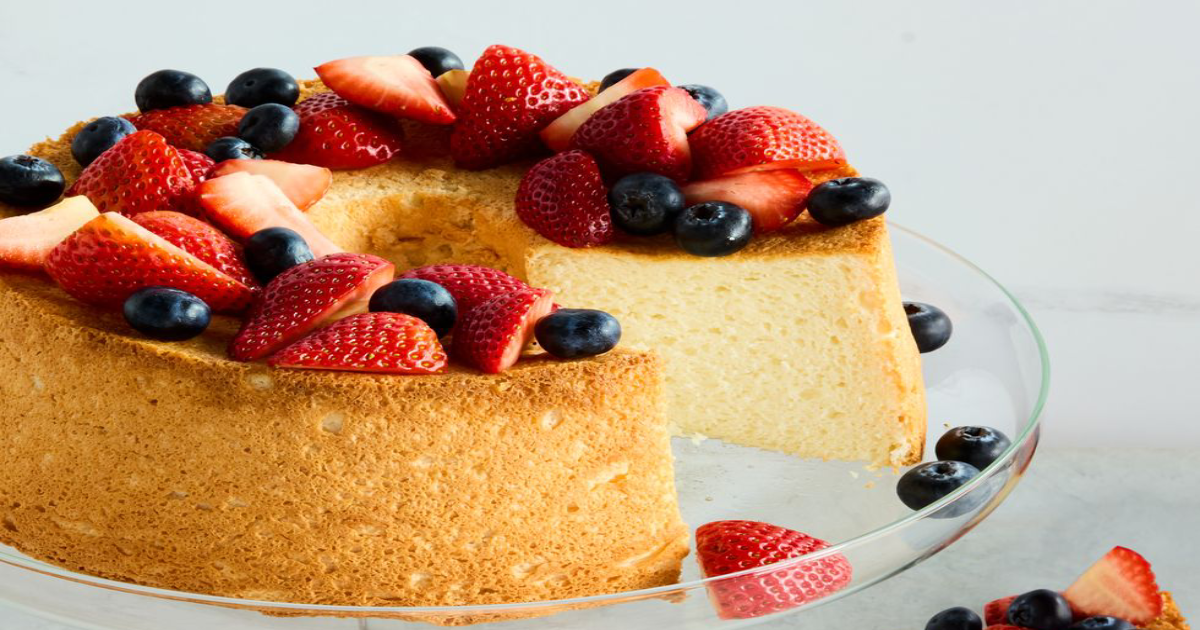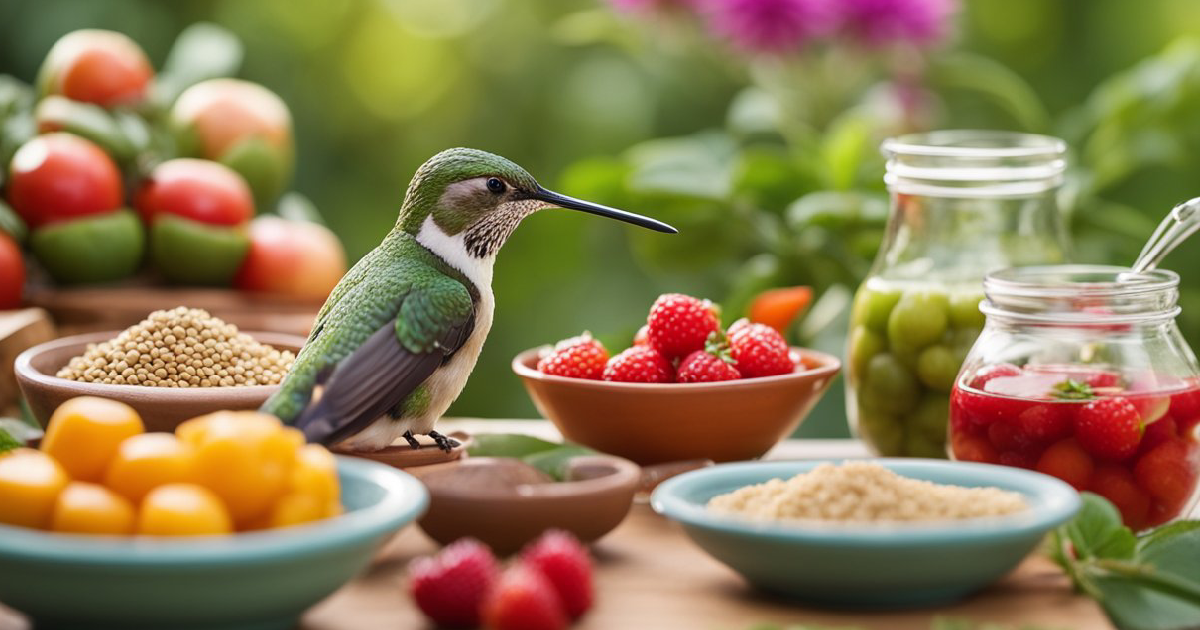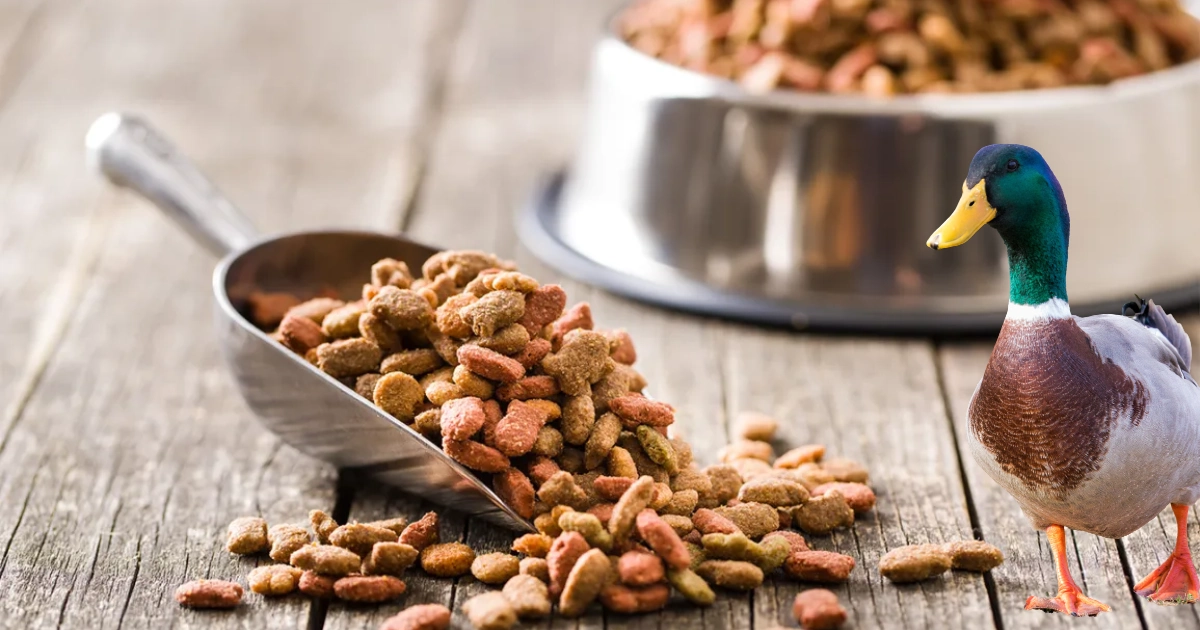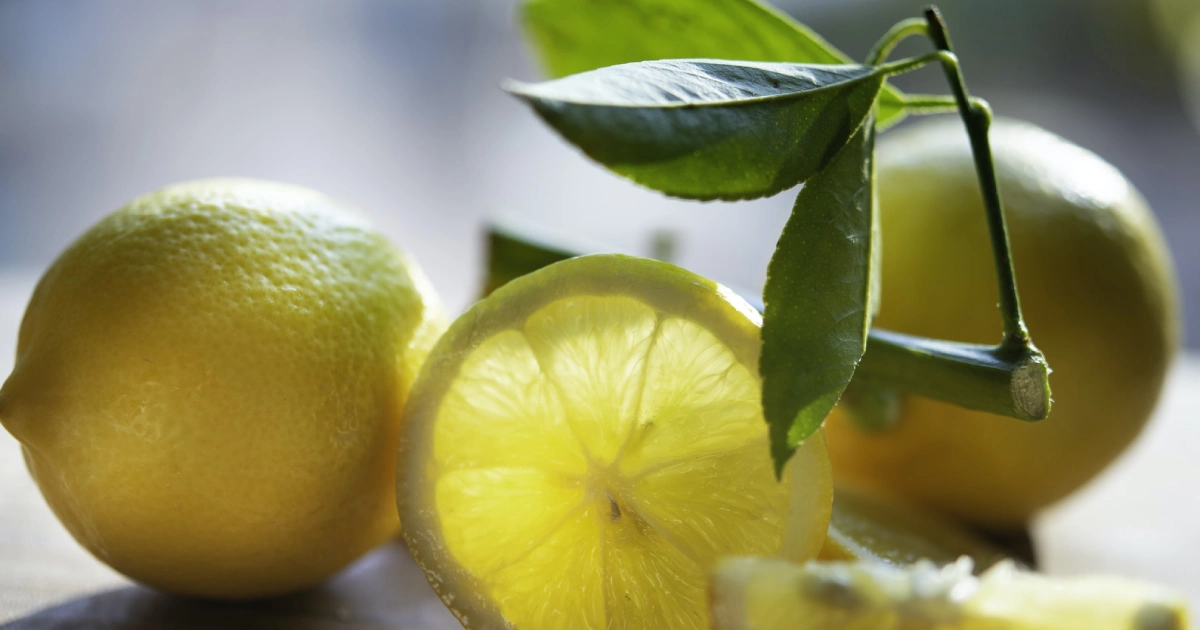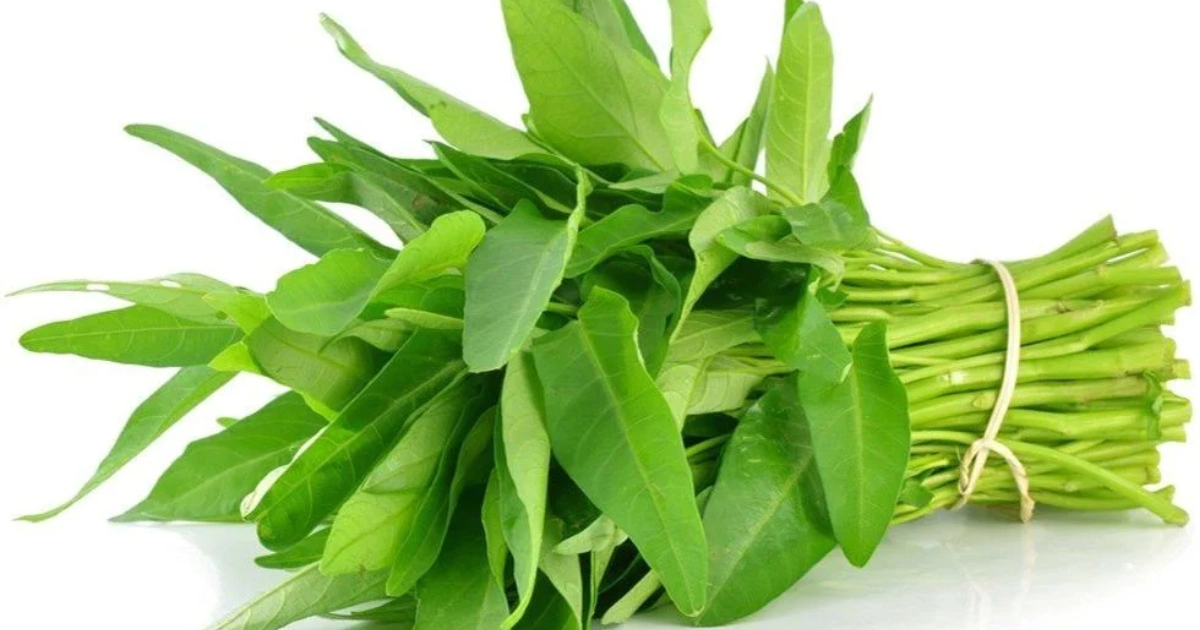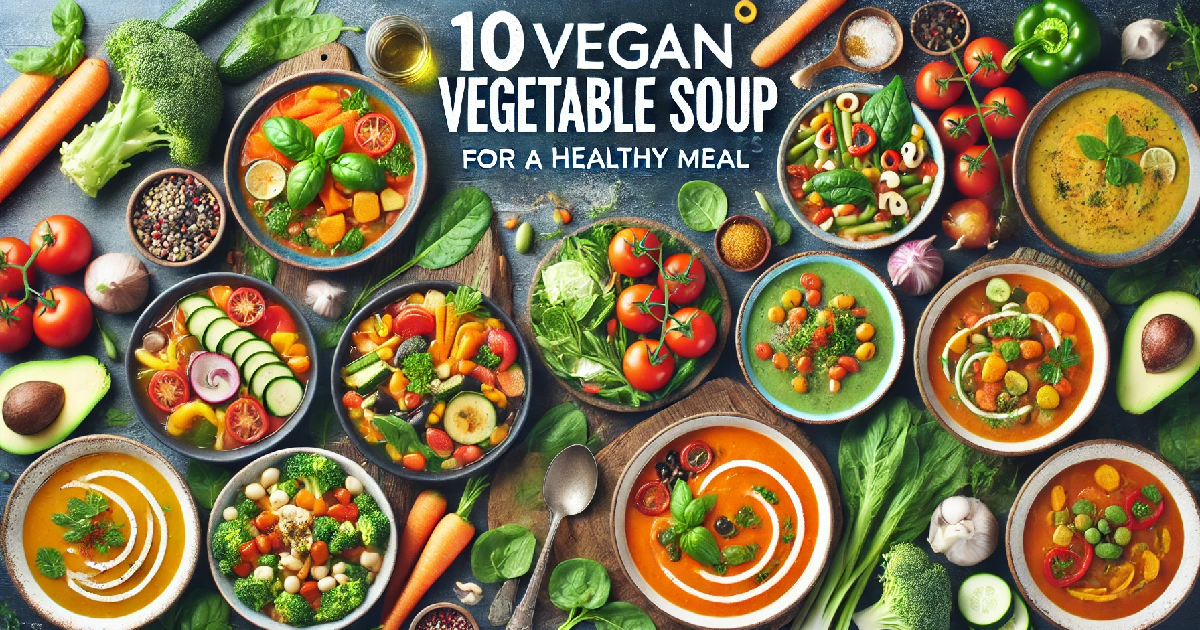Introduction
Many find dealing with overly spicy food daunting. Whether it’s a miscalculation of chilli pepper or a heavy hand with hot sauce, the result can often be too intense to enjoy. Understanding how to adjust the heat level in your dishes is crucial, especially when cooking for others with varying spice tolerances.
Recognizing the proper techniques to tame the flame without compromising flavour is essential for any home cook. It ensures that everyone at the table can enjoy the meal, regardless of their spice preference. In this blog, we’ll explore five practical steps that can help reduce the Spiciness of any dish.
Stay tuned as we break down each method, providing a clear path from fiery to mild, ensuring your culinary creations are delicious and accessible. Each step is designed to be easy to follow and implement, promising relief from the heat for those who need it.
Understanding Spice Levels
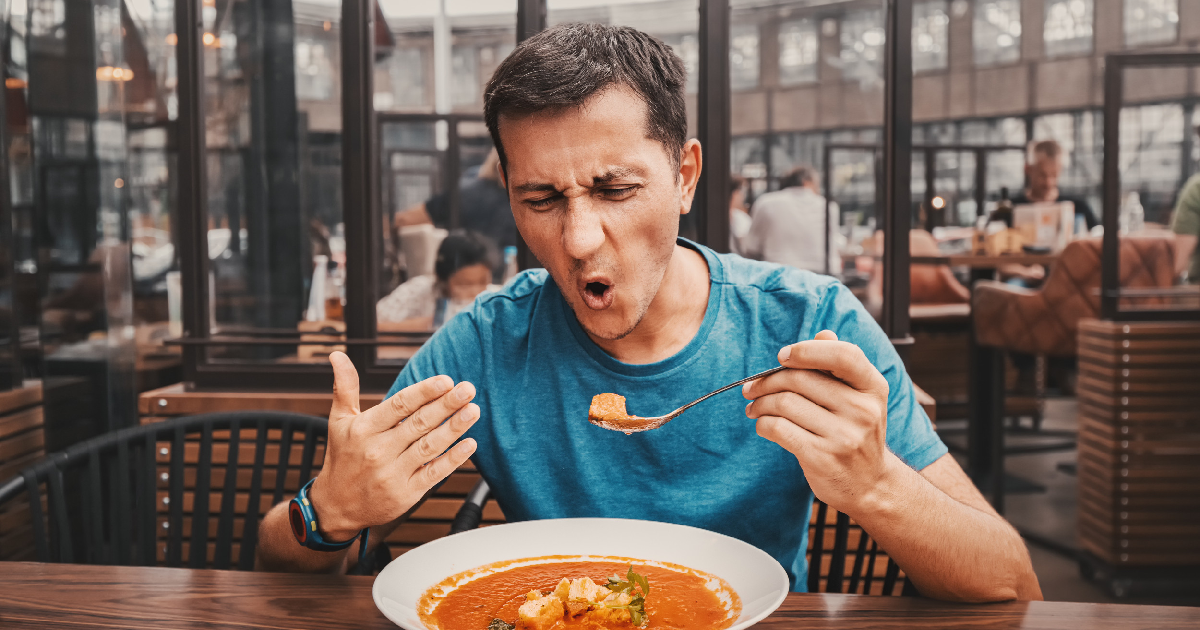
The primary culprit behind the heat in spicy foods is a compound known as capsaicin. Capsaicin is found in chilli peppers and triggers a sensation of heat in the receptors in our mouths. This chemical not only delivers the punch of heat we feel but also contributes to the overall flavour profile of the dish.
Spices vary widely in their heat levels, influenced by their type and origin. For example, jalapeños possess a relatively mild burn compared to the fiery intensity of a habanero or ghost pepper. Understanding these differences is key to managing the Spiciness of your food effectively.
By familiarizing yourself with the heat levels of different spices, you can better control the intensity of your dishes. This knowledge allows you to cater to various palates, ensuring everyone can enjoy your cooking without overwhelming heat.
How to Make Food Less Spicy
Add Dairy
Dairy products are renowned for their ability to counteract Spiciness. Milk, cream, and yoghurt contain casein, a protein that binds with capsaicin—the molecule that makes chilli peppers hot—and washes it away. This interaction helps reduce the burning sensation and makes the dish more palatable.
Incorporate Acidic Ingredients
Acidic ingredients like lemon juice, vinegar, and tomatoes can effectively cut through Spiciness. They break down capsaicin and balance the flavours in the dish, reducing the overall heat. This makes the food less spicy and adds a fresh, tangy profile that can enhance the overall taste.
Increase the Volume of the Dish
One straightforward way to make a dish less spicy is by increasing the volume of non-spicy ingredients. Adding more vegetables, broth, or meat can dilute the concentration of Spiciness. This method is particularly useful when the overall flavour of the dish is good but just too hot.
Add Sweeteners
Introducing sweeteners such as honey, sugar, or maple syrup can counterbalance the heat in a spicy dish. The sweetness does not eliminate the Spiciness but complements it, creating a more harmonious flavour. This tactic is especially effective in sauces and soups where the sweet and spicy can meld seamlessly.
Serve with Starch
Serving spicy food with starchy sides like rice, bread, or potatoes can also mitigate the heat. Starch absorbs some spicy oils and helps distribute the heat evenly throughout the dish. This not only makes the dish easier to eat but also extends the meal, ideal for family dinners or gatherings.
Alternative Methods to Reduce Spiciness
Adjusting Cooking Techniques
Modifying how you cook can significantly affect the Spiciness of your dishes. Removing the seeds and veins from peppers before cooking can drastically reduce their heat, as these parts contain the highest concentrations of capsaicin. Additionally, cooking spices longer can mellow out their intensity, as the heat breaks down capsaicin over time, leading to a gentler flavour profile.
Using Spice Neutralizers
Various commercial and homemade remedies effectively reduce the heat in spicy foods. Commercial products like capsaicin neutralizers are available, directly mitigating the burning sensation. Creating a mixture of baking soda and water for a homemade approach can help neutralize overly spicy sauces. These methods provide practical solutions to rescue a meal that might otherwise be too hot to handle.
Common Mistakes to Avoid
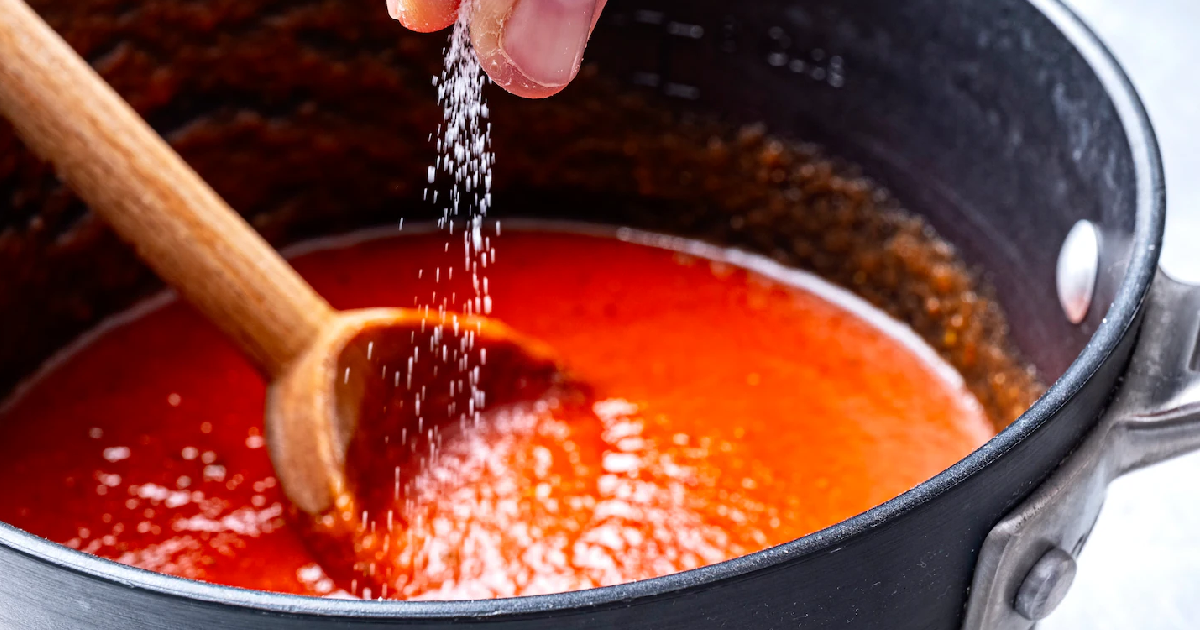
Overusing Cream or Sugar
While reaching for cream or sugar to counteract excessive heat immediately is tempting, caution is advised. Overusing these ingredients can drastically alter the dish’s original flavour, making it overly sweet or creamy. This heavy-handed approach can overshadow the dish’s intended flavours, resulting in a meal that tastes far removed from its original concept.
Not Sampling As You Cook
One of the most effective ways to avoid an overly spicy dish is to taste as you go. This practice allows you to adjust the level of spices gradually and avoid any surprises at the end of cooking. Failing to sample can lead to a dish that is either bland or spicy, as it’s difficult to gauge the spice level without tasting.
How do you tone down spicy food?
Introducing Dairy Products
Adding dairy products like milk, cream, or yoghurt is a well-known method to cool down a spicy dish. These items contain casein, a protein that naturally binds to capsaicin—the compound responsible for the heat in chilli peppers—and helps wash it away from the receptors in your mouth. This interaction reduces the burning sensation, making the dish more enjoyable for those with lower spice tolerances.
Diluting with More Ingredients
Increasing the quantity of base ingredients in a dish is another effective strategy to reduce its overall Spiciness. Adding more broth, vegetables, or meat can dilute the concentration of the spicy elements. This method lessens the heat and enhances the dish with more flavours and textures, making it richer and more satisfying.
Balancing with Sweetness
Sweet elements such as sugar, honey, or fruit can counteract the heat in a spicy dish. Sweetness interacts with the taste buds and brain to offset the perception of Spiciness. By balancing the fiery kick with a touch of sweetness, the dish achieves a more harmonious flavour profile, appealing to a broader range of palates.
What neutralizes extremely spicy food?

Using Dairy as a Neutralizer
Dairy products are not just famous for soothing, spicy flavours; there is also solid science behind their effectiveness. The protein casein found in dairy products binds with the capsaicin molecules, which are responsible for the heat sensation and help to remove them from the mouth’s receptors. This interaction significantly reduces the burning sensation and makes spicy foods more palatable.
Acidic Ingredients to the Rescue
Acidic ingredients such as vinegar, lemon juice, or lime can be very effective at mellowing out the intensity of Spiciness in food. The acidity helps break down capsaicin, the spicy compound in chilli peppers, reducing its impact. Adding a splash of these acidic components can quickly adjust the heat level without altering the dish’s fundamental flavours.
Starch-Based Solutions
Starchy foods like rice, potatoes, and bread absorb excess spice. These foods offer a physical buffer between the capsaicin and the mouth’s receptors, decreasing the overall Spiciness. Serving a spicy dish with these starches can help manage the heat while filling the plate.
Can you add anything to spicy food to make it less spicy?
Incorporating Fats and Oils
Fats and oils, such as butter or olive oil, are crucial in mitigating the heat of spicy foods. They coat the mouth and throat, creating a barrier that temporarily reduces the intensity of capsaicin’s effect on the taste buds. This method doesn’t remove the Spiciness but shields the sensory receptors from direct exposure, lowering the perceived heat.
Adding Bulk with Grains
Grains like quinoa, rice, or pasta effectively dilute the concentration of spice in a dish. Increasing the bulk of the meal, these grains help spread the spicy molecules, lessening their impact on any bite. This approach benefits soups and stews, where grains can be added without altering the original dish’s intended flavours.
Nut and Seed Butter
Nut and seed butter, such as peanut butter or almond butter, offer a unique way to adjust the heat level in spicy foods. This butter adds a creamy texture that can help dilute Spicier Foods and introduces a rich, nutty flavour that can complement and mellow the heat. This method is prevalent in sauces and marinades, where the nut butter blends seamlessly into the overall flavour profile.
How do you get rid of spicy food fast?
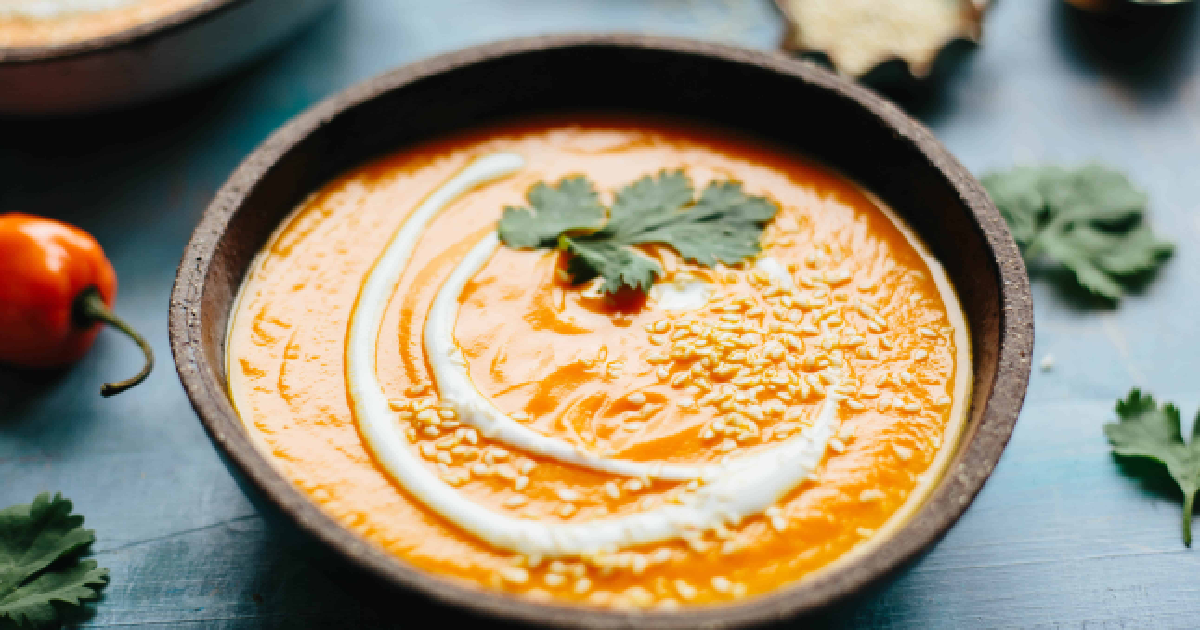
Quick Fixes with Common Kitchen Ingredients
Everyday kitchen staples like sugar or salt can help in a culinary emergency. Adding a pinch of sugar can help balance the overpowering heat by providing a sweet counterpoint that tones down the Spiciness. Similarly, salt can enhance other flavours within the dish, helping to distract from the heat and make the dish more palatable.
Cooling with Ice-Cold Beverages
When it comes to immediate relief from spicy food, ice-cold beverages are a go-to solution. Cold milk can soothe the burn because fats and proteins help break capsaicin down. Water helps wash away some spicy residue, while ice cream can coat the mouth and temporarily relieve the burning sensation.
Emergency Measures
Sometimes, a dish might be beyond the point of simple adjustments and require more drastic measures. If a meal is irreversibly spicy, consider making a new, milder batch and mixing it with the too-spicy portion. Alternatively, removing or scooping out the elements that contain the most heat, such as pepper seeds or chunks of chilli, can also help reduce the overall Spiciness of the dish.
Conclusion
We’ve explored various techniques to help make food less spicy, each offering a unique approach to managing heat levels in your dishes. From introducing dairy products to diluting grains and even using sweeteners or acidic ingredients, there are many strategies you can employ to reduce Spiciness without sacrificing flavour.
Experimenting with these methods will allow you to discover what works best for your specific dish and your diners’ preferences. Each method has advantages and can be adapted based on the ingredients you have or the type of cuisine you are preparing. Remember, the goal is to enjoy your meals and ensure everyone at the table can do the same.
FAQs
1. How to make a sauce less spicy?
You can dilute the Spiciness by adding more base ingredients such as broth, water, or even a mild tomato sauce to make a sauce less spicy. Another effective method is to incorporate a small amount of Dairy, like cream or yoghurt, which can neutralize the heat. If Dairy isn’t an option, a touch of sweetness using sugar or honey can also help balance the heat.
2. How to reduce Spiciness in Indian food?
Adding coconut milk or yoghurt can reduce the spice in Indian food. This not only cools down the dish but also complements its flavours. Increasing the amount of vegetables or adding a bit of lemon juice can help temper the spice without altering the authentic taste of the dish.
3. Does sugar make chili less spicy?
Yes, sugar can make chili less spicy. Adding sugar or another sweetener like honey can counteract the heat by balancing the Spiciness with sweetness. Start with a small amount, stir it in, and taste; continue adding gradually until the desired Spiciness is achieved.
4. How to neutralize spice in mouth?
To quickly neutralize spice in your mouth, try eating dairy products like yoghurt or milk. The casein protein in Dairy helps break down the capsaicin. If Dairy isn’t available, eating starchy foods like bread or rice can also help absorb some of the spicy oils.
5. How to make Mexican food less spicy?
To make Mexican food less spicy, incorporate ingredients that absorb or dilute the Spiciness, such as avocado, sour cream, or more tomatoes and onions. You can squeeze some lime over the dish, as the acidity can help lessen the perceived heat.
6. How to make chili less spicy without Dairy?
If you need to make chili less spicy without using Dairy, try adding a bit of sugar or a splash of acid like vinegar to counteract the heat. Another method is to increase the quantity of mild ingredients like beans or tomatoes, which can help distribute the spice more evenly throughout the dish.
7. Slow cooker chili too spicy, how to make it mild?
If your slow cooker chilli turns out too spicy, try adding peeled potatoes or additional beans during the cooking process to absorb some of the heat. Alternatively, a sugar or a splash of apple cider vinegar can also help mellow the Spiciness. Let the chilli cook for an additional hour to allow the new ingredients to integrate fully.


